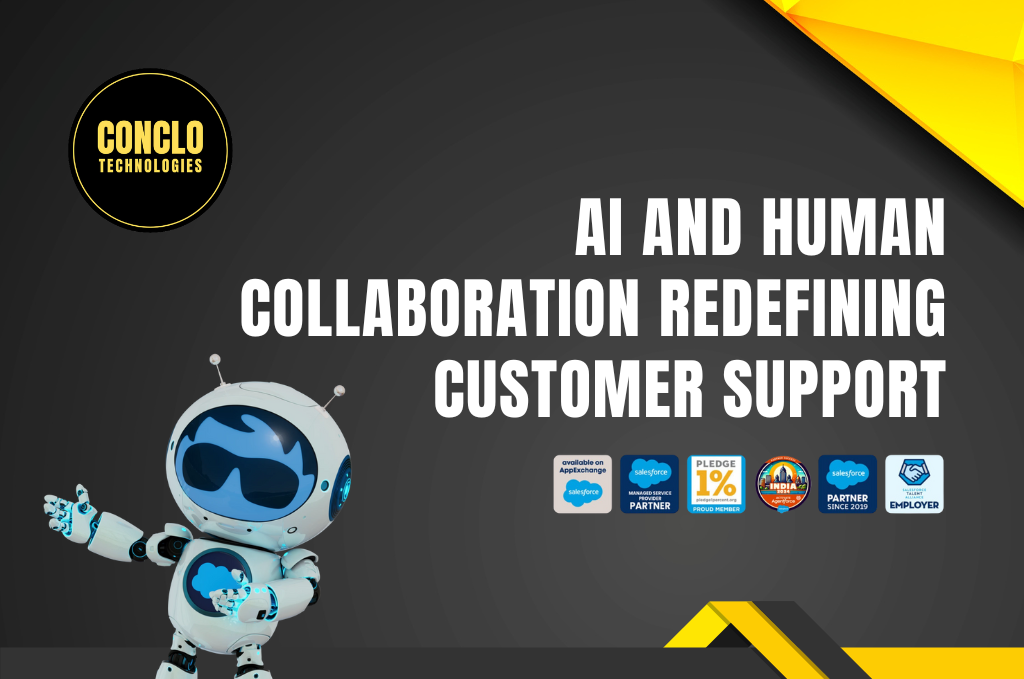Customer support has always been an area where technology can make a significant impact. The challenge, however, isn’t about replacing humans—it’s about knowing when to let AI take charge and when to bring in human expertise.
Imagine a customer service experience where AI manages the early part of the conversation. It works well until the customer runs into a more complex issue or requires special attention. That’s when AI needs to step aside and allow a human agent to take over. The trick is to make this transition smooth and effortless, with no interruptions or awkward pauses.
The problem with traditional AI: clunky transitions
We’ve all been frustrated by poorly executed transitions in customer support. A bot tries to help, but then you’re passed off to a human without any continuity. Often, you have to explain everything again, or worse, the new agent doesn’t know what you’ve already discussed. That’s where traditional AI often falls short, especially when it’s not connected to your CRM, leaving out important context.
It’s clear: without continuity, the customer experience suffers. When AI and human agents are disconnected, it creates a disjointed process. AI shouldn’t just be answering basic queries—it should know when to step back and let a human take the lead.
Salesforce gets it right
Salesforce’s approach is different. It’s not about having AI on the front lines for the sake of automation. It’s about making sure the experience remains seamless when it’s time for a human to take over. The AI doesn’t just deal with easy inquiries—it understands when it’s better for a real person to step in, and it transitions to them in a natural way.
This isn’t about redundant bot interactions. It’s about ensuring the customer never feels like they’re repeating themselves. When the issue needs human expertise, Salesforce’s AI makes sure that the customer’s conversation is picked up right where the bot left off.
The AI that knows when to step back
What’s different about Salesforce’s AI? It’s intuitive. Instead of sticking to a rigid set of rules, it knows when the issue has moved beyond what it can manage. If the customer asks something complex or personal, it passes the conversation to an agent who can actually help, without any awkward delay.
But it’s not just about passing the conversation to the right person. Salesforce’s AI can detect tone and emotional cues, adjusting its responses accordingly. If a customer is frustrated, the AI doesn’t just provide a generic reply—it acknowledges the sentiment and ensures the next step is the right one.
Emotion and context in AI
AI needs to understand more than just the words—it needs to pick up on intent and emotion. Salesforce’s AI is equipped to recognize frustration, urgency, and confusion. Instead
of continuing with robotic responses, it adapts, offering empathy and ensuring the customer feels heard and understood.
This level of emotional intelligence makes a real difference in customer experience. It’s about creating an interaction that feels personal, not like a transaction with an algorithm.
A seamless transition to human agents
When the time comes for a human agent to take over, Salesforce ensures the transition is smooth. The agent isn’t starting from scratch—they already have the full context of the interaction, including everything the AI has already done. No need for the customer to repeat themselves. The conversation continues fluidly, and the agent can dive right into solving the issue.
This is the key difference between a frustrating bot-to-human experience and a truly seamless one: continuity.
The backbone: atlas reasoning engine
What powers all this? The Atlas Reasoning Engine, Salesforce’s brain behind this smooth experience. It’s built to be smart, using techniques like retrieval-augmented generation (RAG) to pull in the most relevant data and refine responses in real time. It’s not just about answering questions—it’s about being highly accurate and relevant.
The real strength here is in the data. By integrating tightly with CRM systems, Salesforce’s AI has access to a complete history of the customer’s interactions. So when they reach out again, the AI isn’t starting from zero—it’s building on everything that’s already been discussed. This makes each conversation feel personalized and relevant.
AI as a facilitator, not a roadblock
The goal of integrating AI into customer support isn’t to replace human agents—it’s to make the process more efficient and effective. When AI can assist in moving a customer’s request forward and then pass it along to a human expert, it improves the overall experience for everyone involved.
If you’re considering using AI in your own customer service strategy, ask yourself: How can it make interactions faster, smoother, and ultimately, more satisfying for your customers? Salesforce’s approach shows that the key is using AI as a facilitator, not as a roadblock.



